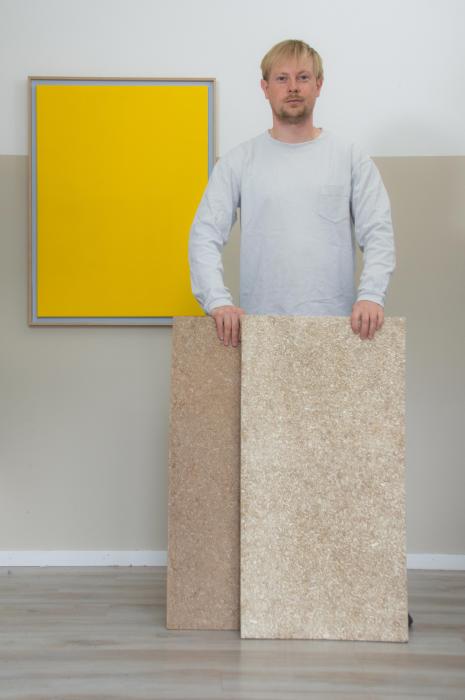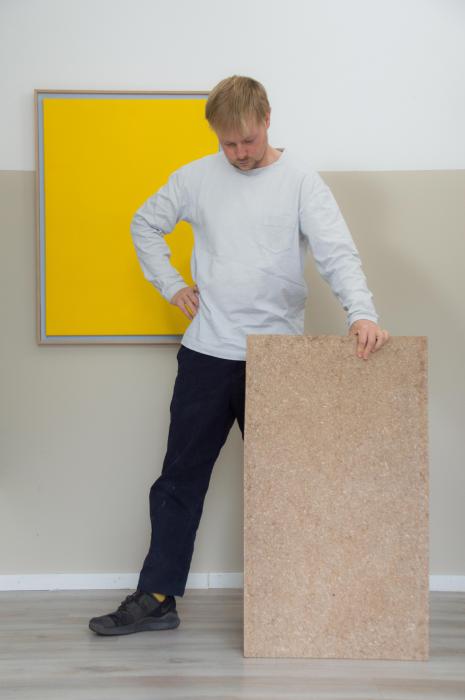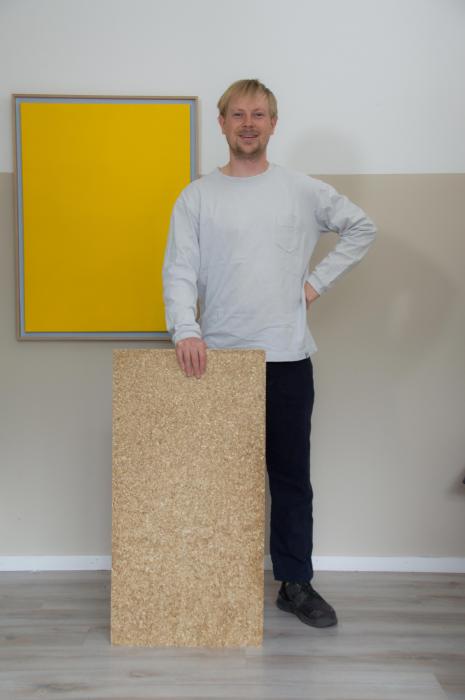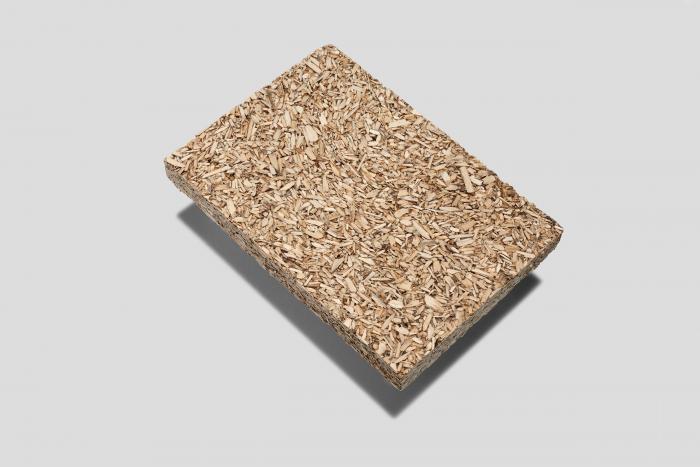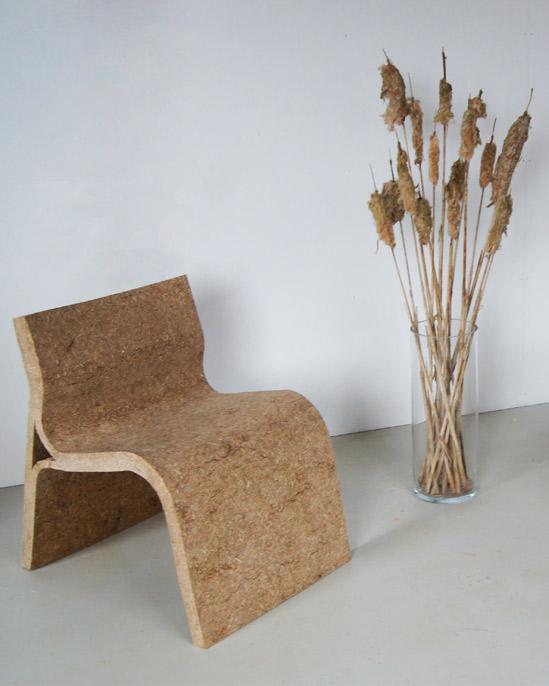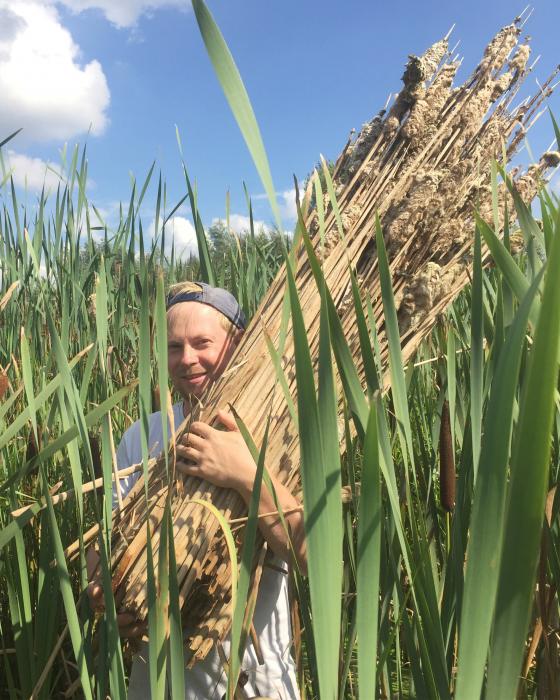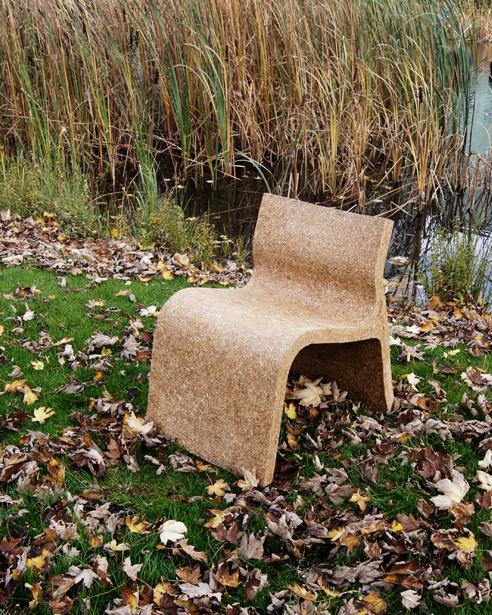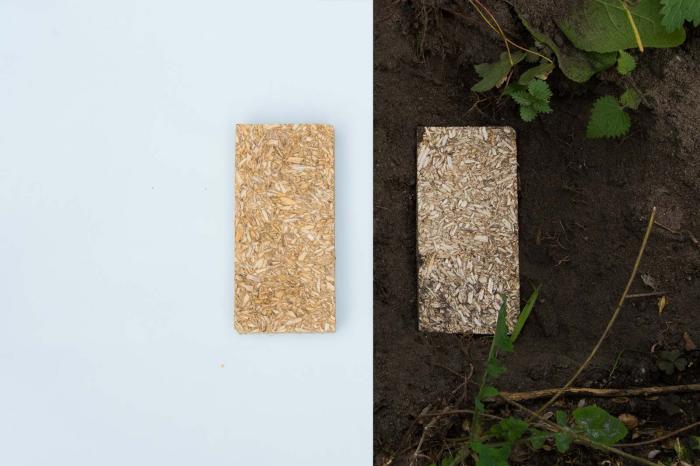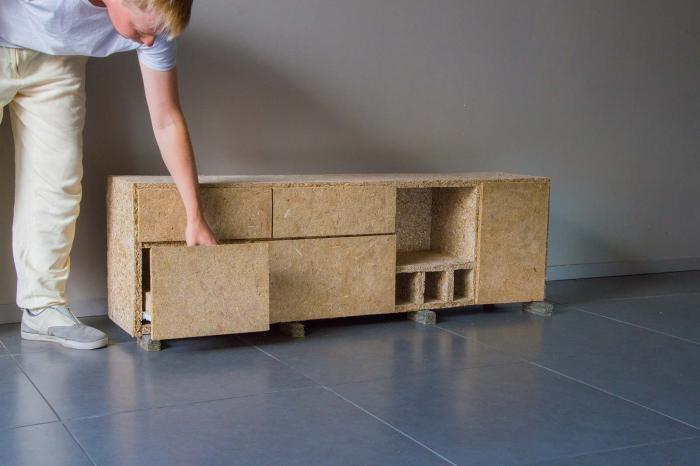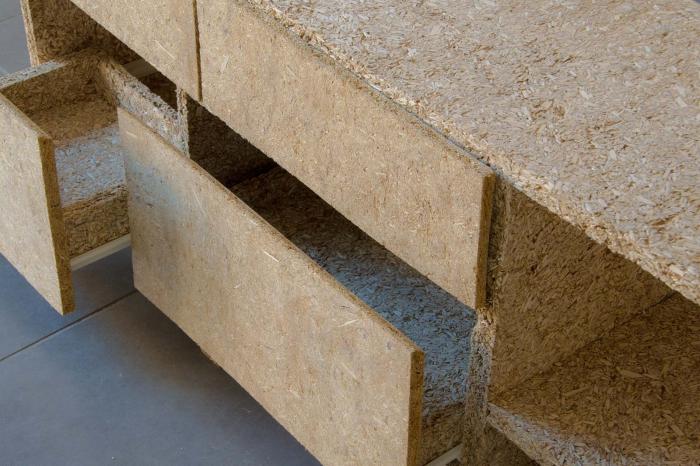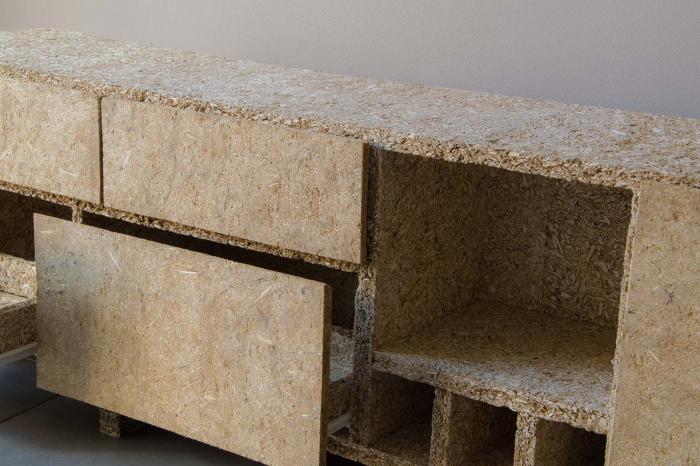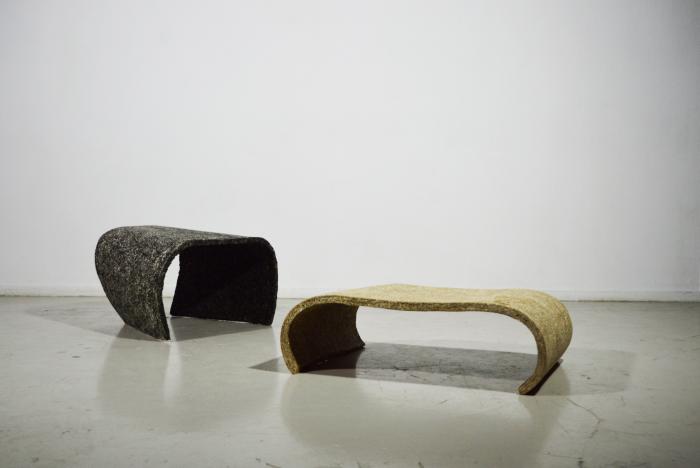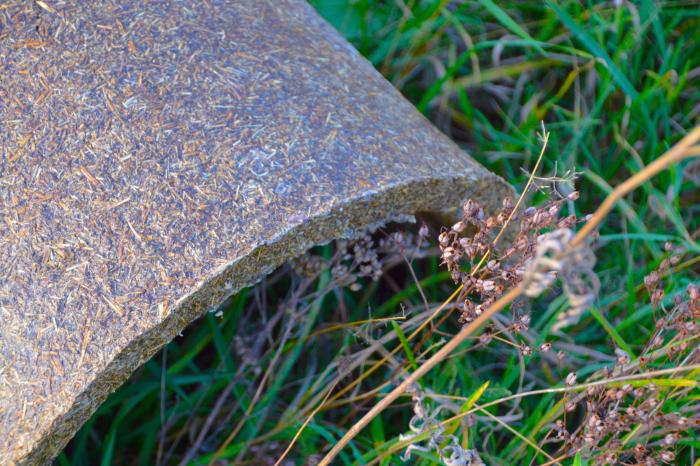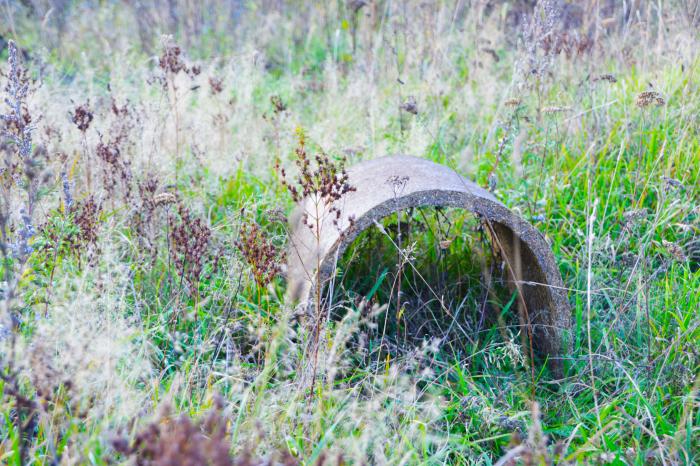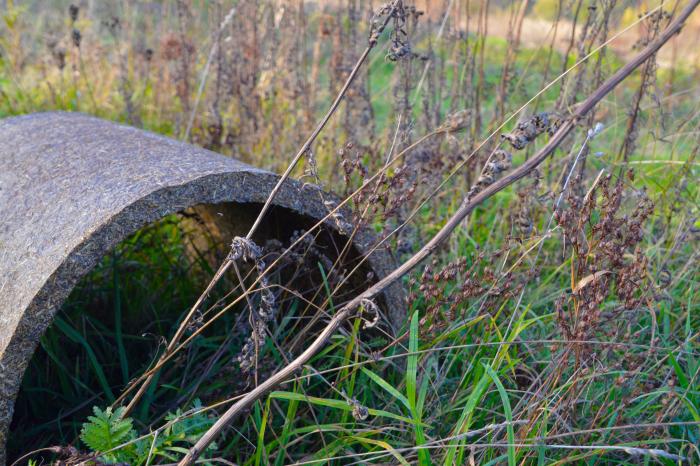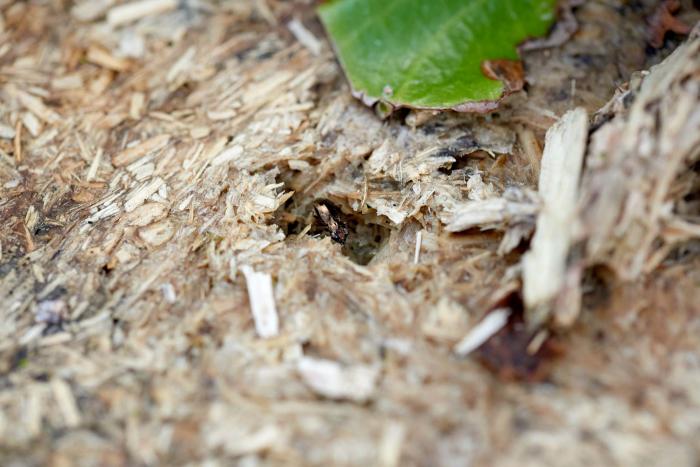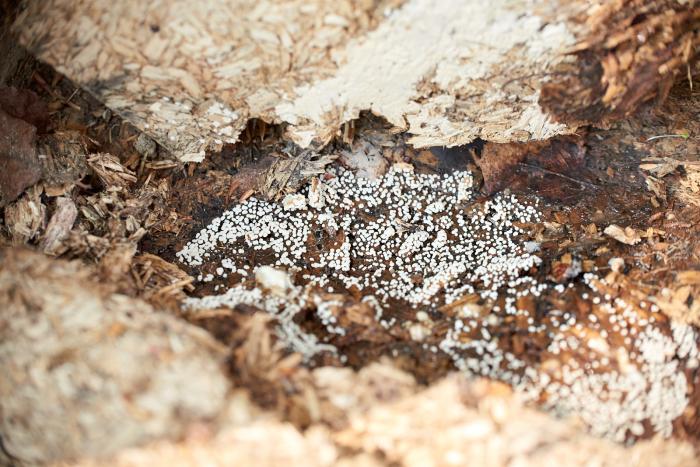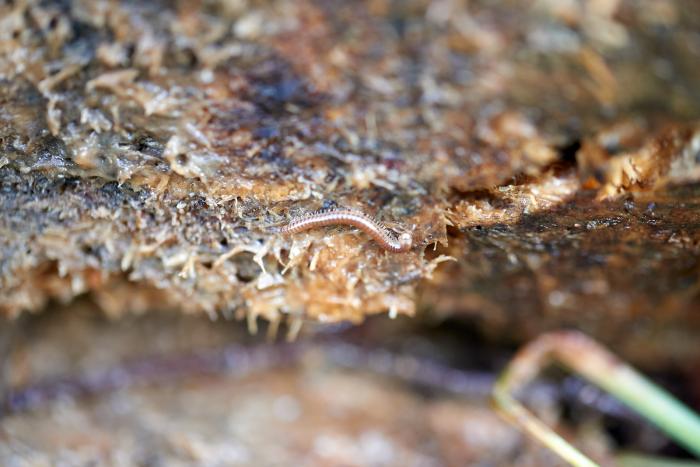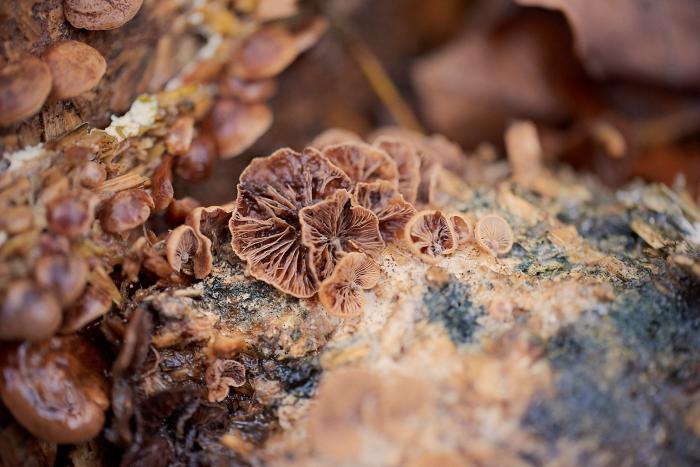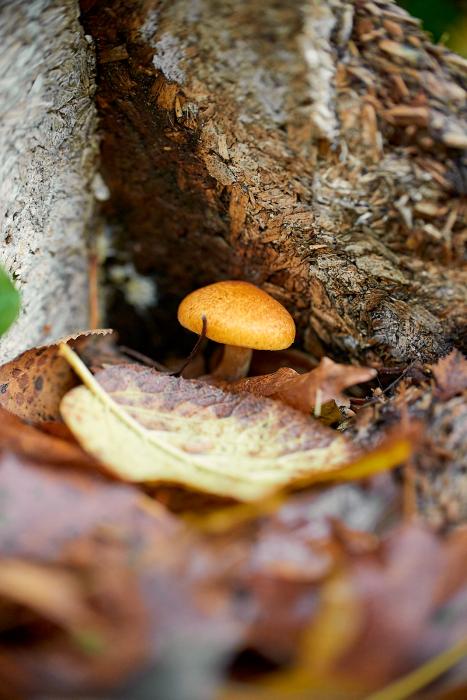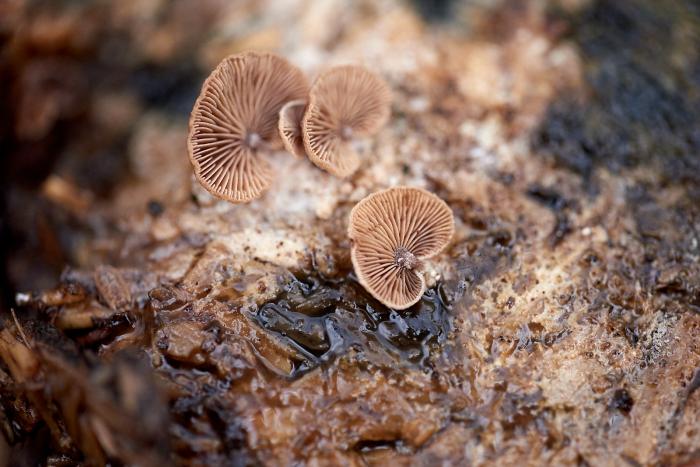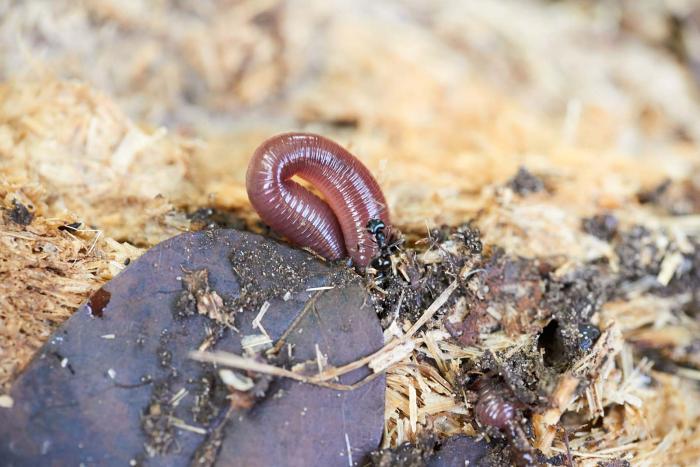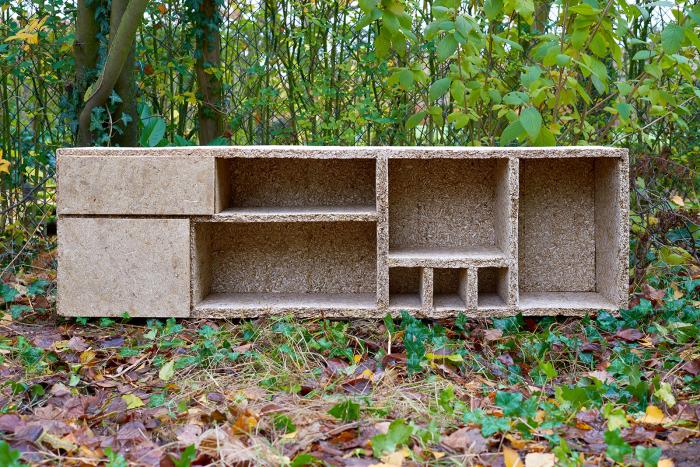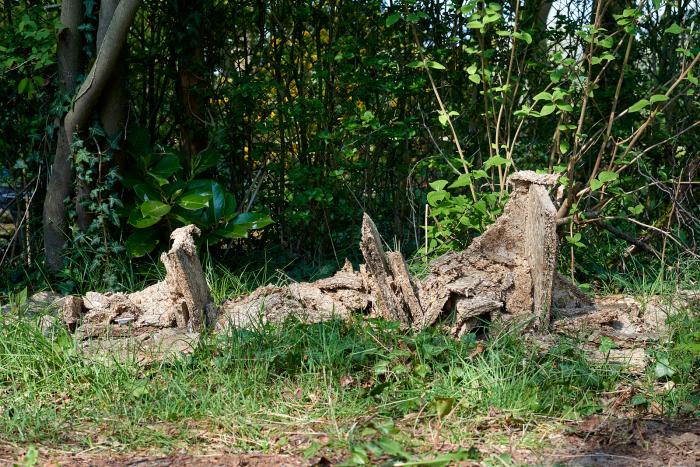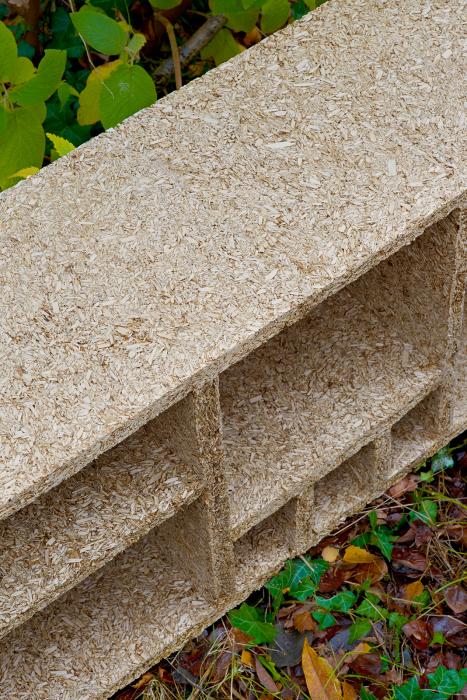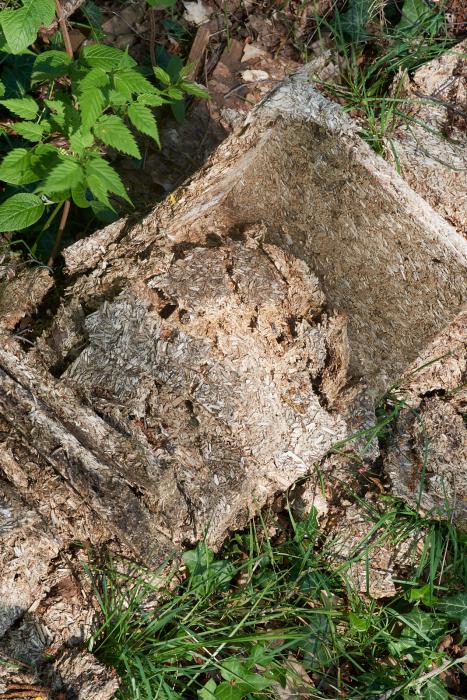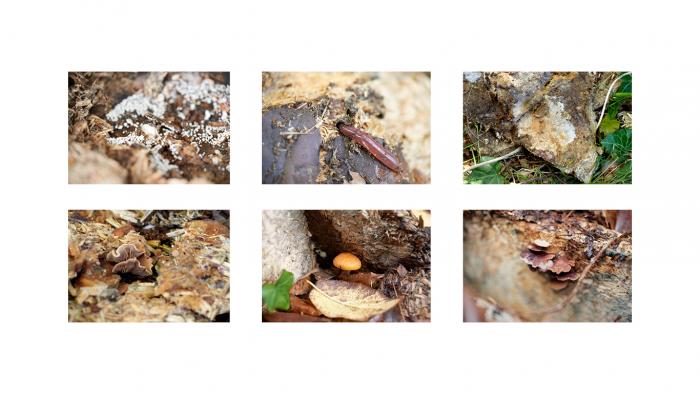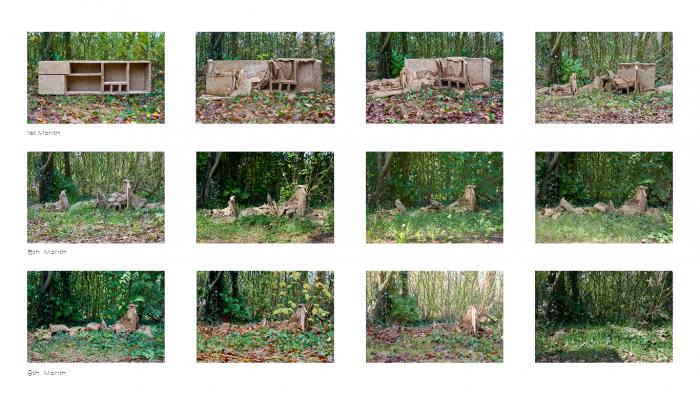I. SUMMARY INFORMATION
Project
268199
Status
Submitted
Award category
Products and life style
You want to submit
NEW EUROPEAN BAUHAUS RISING STARS : concepts or ideas submitted by young talents (aged 30 or less)
Project title
Compostboard
Full concept/idea title
From renewable agricultural waste to compostable, harmless sheet materials.
Description
Compostboard is Rik Makes design of a sheet material. It can be used for interior purposes, from small to large. From sheet, to table to plantpot or coffin. The material’s aesthetics show the beauty that plant varieties have to offer. Compostboard embeds natural aesthetics and qualities that can be our nearby future of indoor living and working environments.
Where is your concept/idea being developed or intended to be implemented in the EU?
Netherlands
Brabant
Gagelstraat 8 Studio 39B
Eindhoven
5611 BH
II. DESCRIPTION OF THE PROJECT
Please provide a summary of your concept/ idea
Compostboard is designer Rik Makes design of a sheet material. It can be used for interior purposes, from small to large. From sheet, to table to plant pot or coffin. The material’s aesthetics show the beauty that plant varieties have to offer. Compostboard embeds natural aesthetics and qualities that will be our nearby future of indoor living and working environments.
The sheet material is circular within the renewable economy principles. We give back what we take when it comes to fibres, and include nature’s decompositions quality’s when we researched our binder breaking down in nature.
The sticky binder is starch based. When decomposed the starch energises organisms and fungi and the fibres are able to keep minerals and moist creating a hummus rich and living soil. This is a nature inclusive sheet material that has a function for both people and nature.
In the research of fibres we noticed the immense amounts of readily available chips from crop waste. Now burned or landfilled but potentially to be transformed to Compostboard. So we only use left-over streams of nearby agricultural landscape. Creating a opportunity to mass-consume sheet material without harm. As the amounts of chips are so big, there is the potential to build a production plant that can produce sheets for a price that can be purchased in a wide range of society.
Every agricultural landscape has it’s proud qualities. Most people know what is cultivated nearby and have or had roots in nearby cultivation. This creates a bond with a place and by using local waste we are able to strengthen that proudness. Showing unique aesthetics marking the quality of a place.
With the possibilities to create unique aesthetics, think about the lavender in France, or the tulips in The Netherlands, people can surround themselves with personal materials in their working or living environment. By having this bond with a material or product people are less eager to throw away products.
Please give information about the key objectives of your concept/idea in terms of sustainability and how these would be met
Before we can describe our Sustainability key objectives. We need to explain our vision for the product first. As human beings ourselves Rik Makes wanted to design products or materials that have the same lifecycle as our compostable bodies.
At first Compostboard is a sheet material and we want our products and materials to be compostable. Better yet, we gave such a recoil to nature in the last decades after WWII that we need our products to be regenerative. For the insects, bacteria, fungi and other organisms in soil, trees and plants. Especially in the Netherland where agriculture is so intensified nature will benefit from extra care.
So what our goals are when it comes to sustainability is that the material is healthy. Healthy for usage, healthy for decomposition, healthy for production. Healthy in the sense of renewable fibres and binders on the earth crust, healthy in the sense of inexhaustible plant usage so that we can develop a Economy that lasts 1000’s of years in a healthy way with nature and life on earth as our co-partner.
We are able to achieve exactly that because we only use products that are adding value to the decomposition of the material. Whether it is the binder that decomposes as a nutrition for bacteria and fungi, or whether we research fire resistance addition to the material. All the ingredients need to be fertile.
Next to the healthy qualities of our material, we want to achieve the way we look to waste in society, currently we look at garbage with disgust. But what if products show the beauty of decay, like Compostboard, what if beautiful mushrooms are able to grow on our products, giving shelter to other fungi and insects that eat, live, sleep or reproduce in the natural fibres and binders that people can put in there garden, or farmers can add to their soil. This quality we researched and can be seen in the photos. A first glimpse of last season’s decay.
Please give information about the key objectives of your concept/idea in terms of aesthetics and quality of experience beyond functionality and how these would be met
Touching Compostboard gives a natural experience, in some ways similar to wood. A beautiful material that we like to surround ourselves with already. We can use it to cut bread, or to build a table from or a floor that feels great on your naked feet when made from wood. Our material has the same warmth, it is soft and gentle. With your hand you can feel the smoothness of the material and distinguish the fibres under your fingertips.
The material feels, but also smells very gentle. A light odour of used fibres can come through. The odourless hemp for instance can be used in combination with coffee membranes, the shell around the coffee beans. They give an extraordinary smell to the material. A gentle coffee annotation that enters the nose. A natural attraction for coffee lovers.
The visual identity of the material, that goes hand in hand with the experience of the material is what draws attention. Compostboard comes in different fibres. Flax, Hemp, Pepper, Typha for instance, all grown on different soil types. Sand, swamp/peat, clay or in a greenhouse. These soil types bring a historical depth of culture with it. Families have been living and raising children cultivating certain crops on soil types. By looking at soil and cultivation the historical depth of culture is always present.
The quality is the personal connection and proudness of local people making harder to throw out products and materials.
Finally when looked at the plant fibres the purity of a season becomes visible. If a year provides too much sun, too much water or too much heat. It will be resembled in the fibres of the plant.
Please give information about the key objectives of your concept/idea in terms of inclusion and how these would be been met
What we want to achieve is inclusion in both nature and consumer. As explained for nature we help and energise to regenerate.
When it comes to consumers we first of all noticed the bulk amounts of agricultural waste. That can be transformed to chips, as described before. Because of such bulk amounts the potential is there to build a big production line, that can produce material for affordable pricing for many people in society, think about interior products, cabinets and floors.
When a bigger scale production runs we will be able to expand the product to other countries and places to start production.
By developing materials from local origins that resemble a place, we aim to achieve a material that is understandable and approachable for a consumer. A warm and friendly material made from plant fibres one can recognize.
When we look in to plant fibres we find ourselves on different levels of society. On one hand we look in to production, products, decomposition of the material but we also go hand in hand with farming. Together with farmers and greenhouse growers we discuss the quality of the plant, how it grows, what it needs but also to improve fibre quality. We include a financial benefit for a grower and farmer, so that they are able to invest in better ‘waste’ chips.
Next to that we connect with contractors about certifications, strength and weight. We see if the product can be implemented in coffins, kitchens and indoor furniture or wall finishing.
This cross section collaboration in the different levels of society makes us aware of all the tasks and puzzle pieces that need to be laid in order to create a good working product.
Please explain the innovative character of your concept/ idea
Our innovation is a combination of additions to create material. We aim to achieve quality for both user, human and nature.
To understand the necessity we need to go back a bit in history. After WWII production has been focused on consumption. We are first of all grateful for all the work that has been done to rebuild Europe and the country’s economy. At the same time we are used to products that never decompose, for the benefit of a product that do decompose. For instance think about sweet strawberries’ in the supermarket. They will only last for a week, while the packaging remains up until our far far away family in the future. This has become a very standard understanding and problem at the same time. And happens is many layers in society, from the paint we use to the glue for multiplex wooden sheets, or packaging in transportation.
Our innovation gives a different look at this problem, we include natures decomposition in every step we take to improve the quality of our product. And use the knowledge that has been gained already when it comes to production of materials. We look at energy consumption, or transportation length from farm to production. We look into scientific research when it comes to starch based binding, what happens with the polymers, how can we improve the strength on molecule level.
We do not reinvent the wheel, we look into existing ways of production and steer that in a healthier direction. We use existing machines such as a heat press and drying chambers that are already used in bigger manufacturing. This way the shift to bio based and circular building is faster achievable for the mainstream use and we speak the language of other production facilities.
Please detail the plans you have for the further development, promotion and/or implementation of your concept/idea, with a particular attention to the initiatives to be taken before May 2022
Coming year, Rik Makes will get together with a team of 4 parties. Currently they are quite far in their investigation of details on combing forces in one company. The name is already there COMBIND.
The collaboration will speed up the process as all the partners have their qualities and knowledge on different fields. One of the parties will focus on the production, Rik will keep himself to the Design, innovation and research. Another party will sell the sheet material and products to interested parties. And the last party will look in to getting the perfect mixture of fibres to produce the different types of material. Starting with Pepper plant fibres.
The first step is to scale up the production from the current 80 x 50 cm to 122 x 244 cm the standardizes wooden sheet measurement. Than we scale up the production from 10 sheets on a day to 200 sheets a day etc.
At the same time the market will be investigated more as we are having a product that can be sold to interested parties.
What we will be focusing on for the research and development is strength opposed to different fibres from different plants and fibre size, sound absorption, isolation, fire resistance, beautify decomposition, and product design for coffins.
III. UPLOAD PICTURES
IV. VALIDATION
By ticking this box, you declare that all the information provided in this form is factually correct, that the proposed concept/idea has not been proposed for the New European Bauhaus Rising Stars Awards more than once in the same category.
Yes
